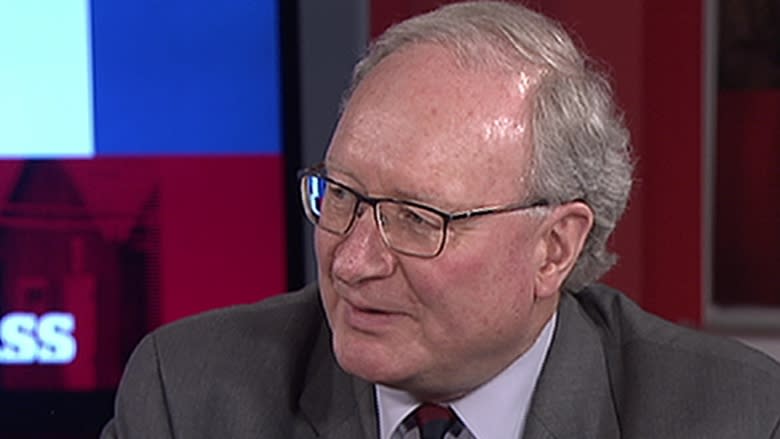Census brings P.E.I.'s 150K population goal into question
P.E.I.'s 2016 census count is well under the current population estimate for the province, and that could lead to a couple of problems for the province, says a demography professor.
The census figures, released last month, confirmed that P.E.I. is the fastest growing province in Atlantic Canada.
But the census also suggested the current population estimate for the province is too high.
The unadjusted 2016 census count for P.E.I. is 142,907, while the estimated population on July 1 was 148,649.
Why the difference?
A discrepancy between the census and the estimate is expected.
It is impossible to capture everyone on census day, and the first count from the census enumerates only those people included on returned forms.
By contrast, the population estimates works from the previous census and uses data such as births, deaths, and immigration to keep track of the changing population.
Statistics Canada is currently working to reconcile the census figures with the population estimate, and will issue a final census figure and revised population estimate in September 2018.
'Unprecedented for Atlantic Canada'
But the difference in 2016, known as the undercount, is particularly high in 2016, according to Don Kerr, a sociology professor at the University of Western Ontario. Kerr specializes in demography, and worked at Statistics Canada from 1992 to 2000.
"Historically, actually, P.E.I., the error in the census has been really small," said Kerr.
"Less than around two per cent."
The 2016 undercount is four per cent. Kerr stresses that it is impossible to look into the future and predict what the final count will be, but a four per cent undercount is difficult to make up.
"It would be unprecedented for Atlantic Canada," he said.
"Across provinces the highest I know of was back in 2001 when British Columbia had a net undercount of close to four per cent. I don't anticipate that for P.E.I."
Increased immigration could be a factor
One thing that could have contributed to a higher undercount, said Kerr, is the recent influx of immigrants to the Island.
Higher undercounts are expected in areas with a lot of immigrants.
"It's more difficult to enumerate new Canadians, typically, than is true for the Canadian population overall," said Kerr.
"Sometimes there's language issues. The undercount tends to be a bit higher with new Canadians, if they've been in Canada only a few years."
New Canadians also may not be clear on what to do with census forms for cultural reasons, said Kerr.
Why does it matter?
The provincial government has set a goal of reaching a population of 150,000 in 2017.
Going by the population estimate, the province should easily hit that goal. The estimate pegs the population on Oct. 1, 2016 at 149,278.
But the census brings into question the accuracy of that number. If we assume a census error of two per cent, high by historical standards, the undercount of four per cent would mean the actual figure is two per cent lower, 146,292.
That would put the 150,000 target out of reach for this year, unless the population growth rate exceeds the 1.6 per cent of last year.
Missing that target would not be a big deal — it is, after all, somewhat arbitrary — but a drop in the population estimate would also hit provincial revenues.
Transfer payments from the federal government are partly based on the population estimate. A lower estimate would mean less money from Ottawa.
Provincial officials told CBC News there is no way to know what the impact of a revised population estimate will be, and that the province remains confident it will hit its population target in 2017.
- MORE P.E.I. NEWS | Neighbours shocked at Holland College plan for new residence
- MORE P.E.I. NEWS | 'Ban does not work': Cellphones need to be part of curriculum, says professor





